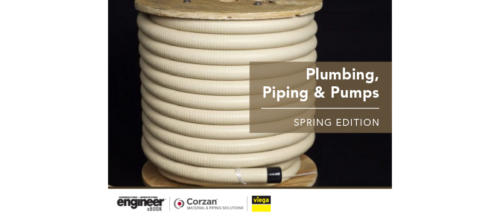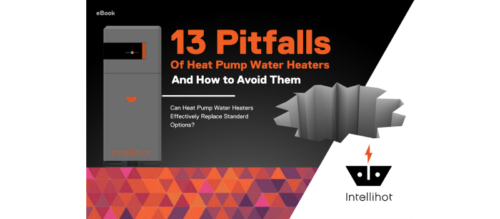Water Softening Made Simple and Efficient
It's no secret that commercial, health and educational facilities all rely on boilers to provide hot water. What many occupants might not realize is that the water that comes out of their faucets is treated on-site to prevent mineral buildup in the boilers. The process of treating boiler water prior to heating has been around for decades.
It’s no secret that commercial, health and educational facilities all rely on boilers to provide hot water. What many occupants might not realize is that the water that comes out of their faucets is treated on-site to prevent mineral buildup in the boilers.
The process of treating boiler water prior to heating has been around for decades. There are essentially three methods: chemical treatment, reverse osmosis—common in systems that use steam boilers—and ion exchange or water softening. Facilities will often use a combination of these methods to treat their water.
Ion exchange
The ion exchange process removes excessive minerals, such as calcium and magnesium, from the water before heating it in boilers and distributing it throughout a building’s plumbing system.
During the process, the calcium and magnesium will adhere to resin inside the softening tank or tanks. Such buildup or scaling can cause heating equipment to use more energy, require more service, operate less efficiently, and even fail prematurely. Hence, brine is rinsed through the softener tank to remove the calcium and magnesium from the resin, and then the tank is rinsed again to remove the remaining brine. The unwanted minerals and cleansing salt are then rinsed away.
This process is tried and true, but a drawback is that the salt used to make the brine solution can get expensive. So, instead of letting all of the salt wash down the drain along with the minerals it helps to eliminate, many systems reclaim as much salt as possible. But the process can be complex, involving a system of valves, relays and solenoids to open certain valves and block others during the process. In such a scenario, each valve might require three or four controls.
However, at the ASPE Exposition in Ft. Worth in October, water treatment provider Culligan introduced a system that promises to simplify the whole process. Dubbed the MVP, the system is basically a 24-volt controller used to operate commercial water softeners. The controller’s primary use is that of operating the regeneration process of the water softener, but is also capable of bringing additional water softener tanks on- or off-line depending on the water flow demand at any given time. And, it is capable of reclaiming approximately 25% of a system’s brine using only one control per tank.
Saving salt in Rockford
In some cases, the system can reclaim an even higher percentage of salt. The Best Western Clock Tower Resort and Conference Center in Rockford, Ill., for example, purchased a new water softening system from the company that incorporates a pair of 48-in.-diameter softening tanks. The system can provide up to 250 gallons for flow per minute. By adding the brine-reclaim option to the system, the hotel was able to reduce its salt use from 4,800 lbs. per month to 2,800 lbs.
Another advantage of the system is its adaptability. In the past, larger softeners were required to handle peak flow rates. The MVP system eliminates this requirement as it allows for the sizing of smaller systems, which can split the flow between two or more tanks. This adaptability prevents a one-size-fits-all approach that Culligan Commercial Product Manager Jeff Fassbinder believes is all too common.
“Too many times I would say that engineers make the mistake of assuming that whatever water treatment system they used in one project, they can use that exact same system in the next project,” he says.
Until the MVP system was created, Culligan distributed an estimated 12-15 water softening controls to be used across the company’s product line of softener systems. Since MVP standardizes the controlling process of the various sizes and types of softening systems, the firm was able to reduce their list of softener controllers to one.
The MVP system can also be used to easily retrofit older systems, as in the case of the Clock Tower Hotel, which was built in 1967.
Benefits of water softening tank control:
Reclaims approximately 25% of salt
Brings softening tanks on- and off-line as needed
Reduces tank size
Is adaptable to multiple softening systems
Do you have experience and expertise with the topics mentioned in this content? You should consider contributing to our CFE Media editorial team and getting the recognition you and your company deserve. Click here to start this process.




